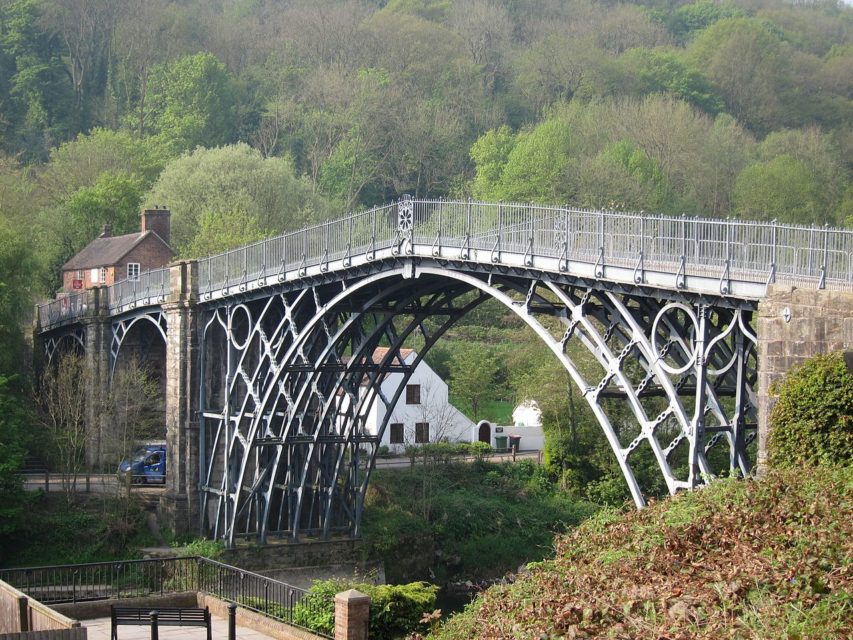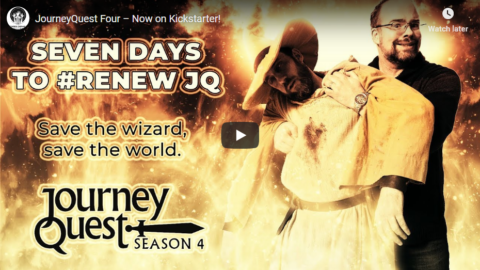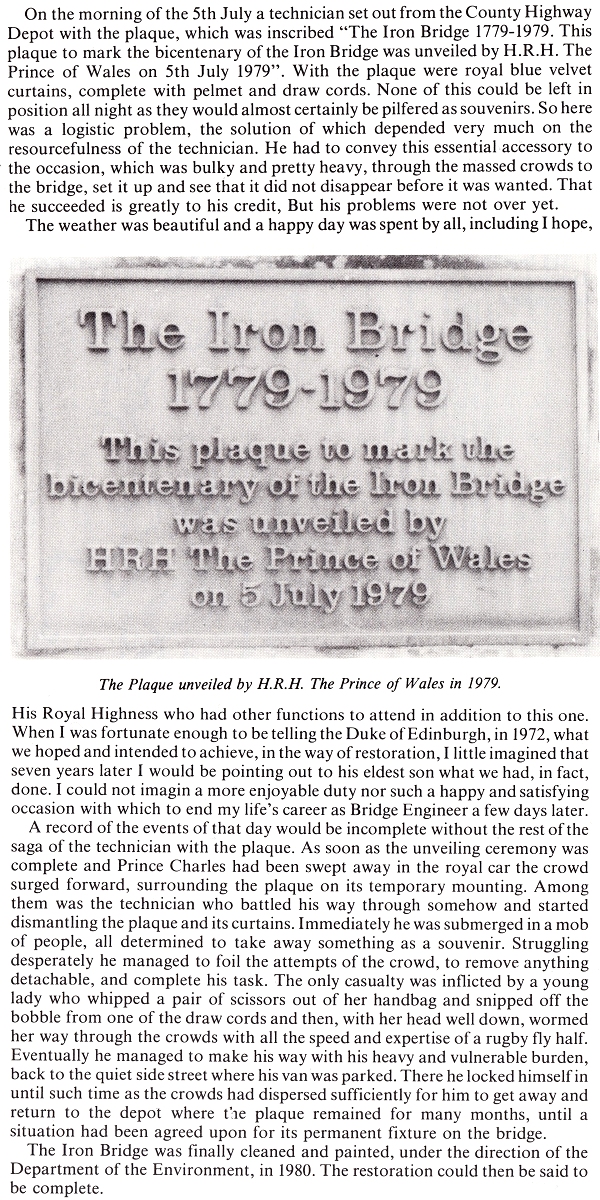Zombie Orpheus Entertainment
Published on 5 Jul 2019Campaign ends July 12, 2019. Pledge at http://kck.st/2EEFIY3
Missing new ZOE content? Watch for free on our new platform: http://thefantasy.network
New shows include….
• The Gamers: The Shadow Menace
• Strowlers (Three new episodes!)
• JourneyQuest Season 3.5
• Demon Hunters: Slice of Life
• And more!Want to share your thoughts? Join us on Discord (https://discordapp.com/invite/fhPckP7)
July 6, 2019
JourneyQuest Four – Now on Kickstarter!
Putting global worker pay into perspective
Tim Worstall explains why the headline-friendly numbers in a recent ILO report are nothing to be surprised at:
“Nearly half of all global pay is scooped up by only 10% of workers, according to the International Labour Organization, while the lowest-paid 50% receive only 6.4%.
“The lowest-paid 20% – about 650 million workers – get less than 1% of total pay, a figure that has barely moved in 13 years, ILO analysis found. It used labour income figures from 189 countries between 2004 and 2017, the latest available data.
“A worker in the top 10% receives $7,445 a month (£5,866), while a worker in the bottom 10% gets only $22. The average pay of the bottom half of the world’s workers is $198 a month.”
[…]
The explanation? To be in the top 10% of the global pay distribution you need to be making around and about minimum wage in one of the rich countries. Via another calculation route, perhaps median income in those rich countries. No, that £5,800 is the average of all the top 10%.
Note that this is in USD. About £2,000 a month puts you in the second decile, that’s about UK median income of 24,000 a year.
And as it happens about 20% of the people around the world are in one of the already rich countries. So, above median in a rich country and we’re there. Our definition of rich here not quite extending as far as all of the OECD countries even. Western Europe – plus offshoots like Oz and NZ, North America, Japan, S. Korea and, well, there’s not much else. Sure, it’s not exactly 10% of the people there but it’s not hugely off either.
So, what is it that these places have in common? They’ve been largely free market, largely capitalist, economies for more than a few decades. The most recent arrival, S. Korea, only just managing that few decades. It is also true that nowhere that hasn’t been such is in that listing. It’s even true that nowhere that is such hasn’t made it – not that we’d go to the wall for that last insistence although it’s difficult to think of places that breach that condition.
History Summarized: Hong Kong
Overly Sarcastic Productions
Published on 5 Jul 2019Sometimes small corners of the map can have outsized effects on the surrounding world. Hong Kong is undoubtedly one of History’s greatest examples of big things coming from small beginnings. If you’re curious about Hong Kong’s current political situation, there’s no better place to start than at the beginning.
LEARN MORE about Hong Kong’s current events:
China is Erasing its border with HK: https://www.youtube.com/watch?v=MQyxG…
HK’s huge protests, explained: https://www.youtube.com/watch?v=6_Rdn…Further Historical Reading:
A Modern History of China — Steve Tsang https://www.amazon.com/Modern-History…PATREON: https://www.Patreon.com/OSP
The Iron Bridge in Shropshire
Roger Henry sent along this information on the most recent restoration of the world’s oldest iron bridge near Coalbrookdale:

The Iron Bridge across the River Severn, completed in 1779. The first major bridge to be made of iron.
Photo by shirokazan via Wikimedia Commons.
Wikipedia says:
The Iron Bridge is a bridge that crosses the River Severn in Shropshire, England. Opened in 1781, it was the first major bridge in the world to be made of cast iron, and was greatly celebrated after construction owing to its use of the new material.
In 1934 it was designated a Scheduled Ancient Monument and closed to vehicular traffic. Tolls for pedestrians were collected until 1950, when ownership of the bridge was transferred to Shropshire County Council. It now belongs to Telford and Wrekin Borough Council. The bridge, the adjacent settlement of Ironbridge and the Ironbridge Gorge form the UNESCO Ironbridge Gorge World Heritage Site. The bridge is a Grade I listed building, and a waypoint on the South Telford Heritage Trail.
Anthony Blackwall, who was the Shropshire County Bridgemaster, recounts the 1979 celebrations in “Historic Bridges of Shropshire”, Shropshire Libraries, 1985:
The most recent restoration was completed late in 2018:
The bridge, the first of its kind, was closed for a year after surveyors found cracks and stresses in its historic cast ironwork.
English Heritage launched a £3.6 million programme of repairs in autumn of 2017.
Kate Mavor, the charity’s CEO, came to the gorge to get a first-hand look at the historic bridge restored, and spoke of her pride.
“This is the first English Heritage site I remember coming to when I was about 11, and now it looks much the same as it did then.
“This is the first time I’ve seen it refurbished and I think it sits very nicely in the gorge, and with the red paint it will especially look good in autumn colours.
“I’ve been following the repairs closely since they began, it is an extraordinary project.
“The gorge is a world heritage site, the bridge was the first of its kind and it’s been there since 1779.
“It has survived a number of pernicious influences including an earthquake.
“We’re very proud of what we’ve been able to do here because it’s been unlike any other project of ours.
“We’re very grateful to everyone that has supported the project.
“The amazing response we had to English Heritage’s first ever crowdfunding campaign was fantastic too.”
Kate said that the surveys carried out before the project started revealed that the bridge had originally been painted a deep red, unlike the recognisable black or grey layer of recent years.
How To Reduce Bandsaw Vibration – *BONUS* Adjusting for Blade Drift
Gunflint Designs
Published on 27 Apr 2017Check out how I tuned up my bandsaw and took it from a shaky, unpleasant monster, to a smooth running dream. I installed some new urethane tires and a new drive belt and completely changed the attitude of this machine. Stay till the end to see the really simple method I use to adjust a bandsaw fence to account for blade drift.
QotD: How to learn
I can imagine an economics professor reading through The Literary Book of Economics in search of things he can use in his teaching. But I find it hard to imagine anyone else doing so on his own initiative, merely because he enjoyed reading it. There is a reason why a book is the length it is; a novel is not, with rare exceptions, a series of short stories. I conclude that most of the people reading [Michael] Watts’ book, most of the people it was written for, will be students reading it because their professor told them to. And, judging by my experience of students over the years, many of the students told to read it won’t.
That fits the pattern of most modern schooling at all levels. Someone else decides what you should learn, tells you what you must do to learn it, and makes some attempt to make sure you follow his instructions. It is not a model I think highly of. A much superior model in my view, if you can pull it off, is to get someone to learn something primarily because he finds it interesting. The best way of doing that is to provide students with things to read that are worth reading on their own, not things they read only because they are ordered to. Not even things they read only because they think the labor of reading them will pay off in future benefit.
That view of education is why both children of my present marriage were unschooled. It is also why all of my nonfiction books, with the partial exception of Price Theory, were targeted at the proverbial intelligent layman. They can be, and sometimes are, used as textbooks, but they were written with the assumption that if the reader did not find a chapter worth finishing he was likely not to finish it.
David Friedman, “Thoughts on Literature, Economics and Education”, Ideas, 2017-05-01.








